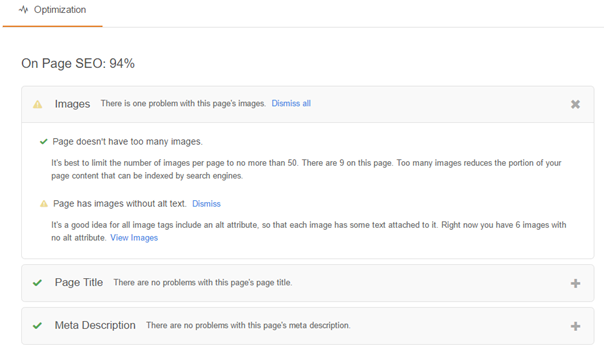How To Do Content Marketing - Part 1
How hard can it be? Just crank out a few blogs, link them back to the content on your website - bish-bash-bosh, gold medal. Well, that is one approach.
But if you really want your content marketing to start bringing you new leads from people who don’t already know about your business, you’ll need a better strategy.
Content Marketing vs Inbound Marketing
Time for a quick definitions check. Isn’t Inbound Marketing just a new name for Content Marketing?
It’s an understandable mistake. However, most marketers see content marketing as a subset of Inbound Marketing. A large subset, but a subset nevertheless.
Content Marketing is the main delivery mechanism for Inbound Marketing. You don’t want to be interrupting your customers - you want to be found when they are searching for something that you can help with.
So, you need to build lots of content through your blogs and your website – through your content marketing.
Content marketing doesn’t really include things like designing and building your website, optimising it for the search engines, planning webinars and events, managing your social media channels and monitoring your online reputation.
But you’ll need to apply yourself to all those things as part of your Inbound Marketing strategy.
Who are you writing for?
Before we start we must be clear who we are writing for. And how do we do that? By spending a sensible amount of time thinking about who they are, what their world is like, what problems they are trying to solve and how our products and services can help them.
We need to develop rich personas.
And it’s worth understanding that people make decisions based on their emotions. So, if all your content leads with logic – the features and benefits – then you are unlikely to be psychologically motivating your prospects to buy.
It’s worth investing time in this, in fact we recommend an in-depth three-day course on personas. But if you are just getting started, grab this beginners guide to personas ebook.
About what Subject?
Having thought deeply about who your audiences are and what affects them, we should be able to come up with some subjects that they will be interested in.
We should also consider what kind of format would suit them best. Maybe a busy MD doesn’t have much time and wants quick summaries of information. Maybe an infographic or two would be a good format for them.
And we also need to think about where we are going to promote it. At what watering holes do our personas ‘hang out’ – where do they get their industry news from? Then our social media sharing and promoting is done across the right channels.
So now we know who we are writing for, what they are interested in, what format we are going to put it in and where we are going to promote it.
But have we done our SEO research?
Content Marketing and SEO
Not so long ago people were writing articles about how Google had given up on SEO and was only interested in Content Marketing. That’s complete nonsense.
Each relies on each other.
If you carry out a lot of keyword research and identify a range of keyword phrases that you want to be found for, (and for which you don’t currently rank) how will you go about using those keywords?
You can of course pay for traffic with Google AdWords and you will quickly learn which phrases work for you in doing that.
But if you want to build in some long-term sustainability and not rely solely on advertising (and corresponding spend), you will want the content on your website, rather than adverts, to be returned in the Search Engine Results Pages (SERPs) when people search for the keywords you are targeting.
There really is only one way to deliver that: By writing content that contains those keyword phrases. So, you need to be able to understand keyword research and apply that to your content marketing strategy. This is a much more holistic, inbound approach to Content Marketing.
By the way, if you are thinking that it would be handy to have a system that reminds you of how well optimised for SEO your blog posts are, then you couldn’t do much better than HubSpot.
As you create new content it makes suggestions in the Optimisation tab so that you can check that your blog post is as good as it can be:

There is much more to tell about how to do content marketing – click through to part two.



